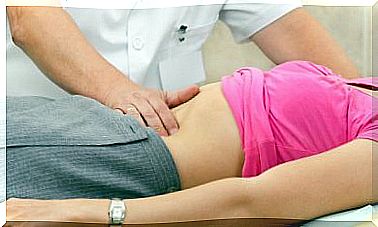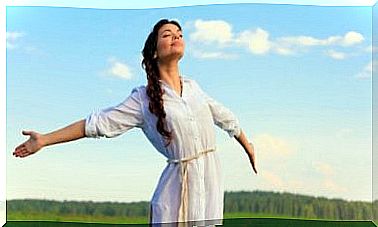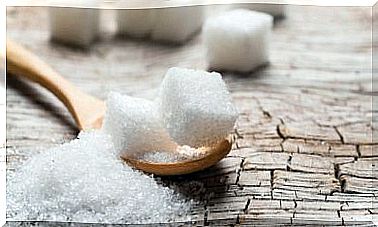Physical Pain And Anxiety, What Is Their Relationship?
Physical pain and anxiety are symptoms that often go hand in hand. According to a report presented by the American Psychiatric Association, 60% of patients with anxiety also suffer from physical pain. In addition, in 80% of these cases, depressive symptoms may also occur.
Specifically, a study carried out on a sample of 1,317 patients from Spanish health centers indicates that 78% of people who suffer from psychological problems also develop organic symptoms, including physical pain.
Although the figures are so obvious, it is estimated that in 60% of the consultations the doctors do not establish the link between physical pain and anxiety. This is because a compartmentalized approach predominates, in which physical and mental symptoms are addressed separately.
Anxiety, a widespread problem

Anxiety is an unpleasant state that virtually everyone experiences, at least momentarily, at some time in their life. It is a response to stimuli that are perceived as threatening. Sometimes these stimuli are real risks and other times they correspond to perceived or imagined risks.
Excessive simultaneous stimuli can also lead to anxiety. It is believed that life in large cities has a high potential to generate anxious states in those who live in them. These environments involve successive states of alert that together generate stress and, ultimately, anxiety.
In anxiety there is a vague fear, which leads to create defensive behaviors. Under this state organic changes also occur, such as increased heart rate , increased sweating, and rapid breathing. Obviously, over time these physiological changes can contribute to altering the functioning of the body.
An investigation into physical pain and anxiety
As we said before, in Spain a study was carried out that included 1,317 patients, in 80 health centers. Part of the results were published by the General Council of Psychology of Spain . The data indicate that 981 of the patients had some level of anxiety.
It was established that 59% of patients with anxiety also presented physical pain. It seems clear that there is a close relationship between anxiety and physical pain, but also, if symptoms of depression were also present, the percentage increased by 19%.
The most worrying thing is that of all of them only 17% received some type of treatment for their psychological problems. Many patients have physical pain for which there is no organic explanation.
Pain ends up becoming the way some people express their emotional suffering. However, not all physicians admit or acknowledge this correlation.
Physical pain and anxiety

Typically, people with anxiety suffer from headaches, muscle aches, stomach aches and chest pain, mainly. Let’s see why.
- Muscle aches. Anxiety makes muscles tense. If this is kept more or less constant, it leads to experiencing muscle pain, in addition to a feeling of overload and contractures. The most common is that these pains are concentrated in the back and neck.
- Headaches. This pain is perceived as a kind of helmet that covers the head and presses on it. It is also common to have a tingling or stinging sensation in the skull. It is called a tension headache and is caused by contraction of the muscles of the scalp and neck.
- Stomachaches. Heavy breathing can produce gas, and nervous states also disrupt digestion. It is common for many people with anxiety to experience pangs in the stomach.
- Chest pains. Many people also experience punctures in the chest. This causes great uncertainty and can increase anxiety. It is a muscle problem and not a heart problem.
To do?
The most important thing is to admit that we are all exposed in one way or another to anxiety, to some degree. That is why it is prudent to adopt lifestyles that allow us to find spaces for relaxation and recreation. Much more if the binomial physical pain and anxiety is present.
Physical exercise could be one of the most effective ways to regain balance of emotions. A small exercise routine, 15 minutes a day can be enough to make us feel better. If this is combined with some relaxation practice, all the better.
In cases where anxiety is excessive, it is best to consult a mental health professional. There are many therapies and techniques that can help us manage our emotions in an appropriate way.









